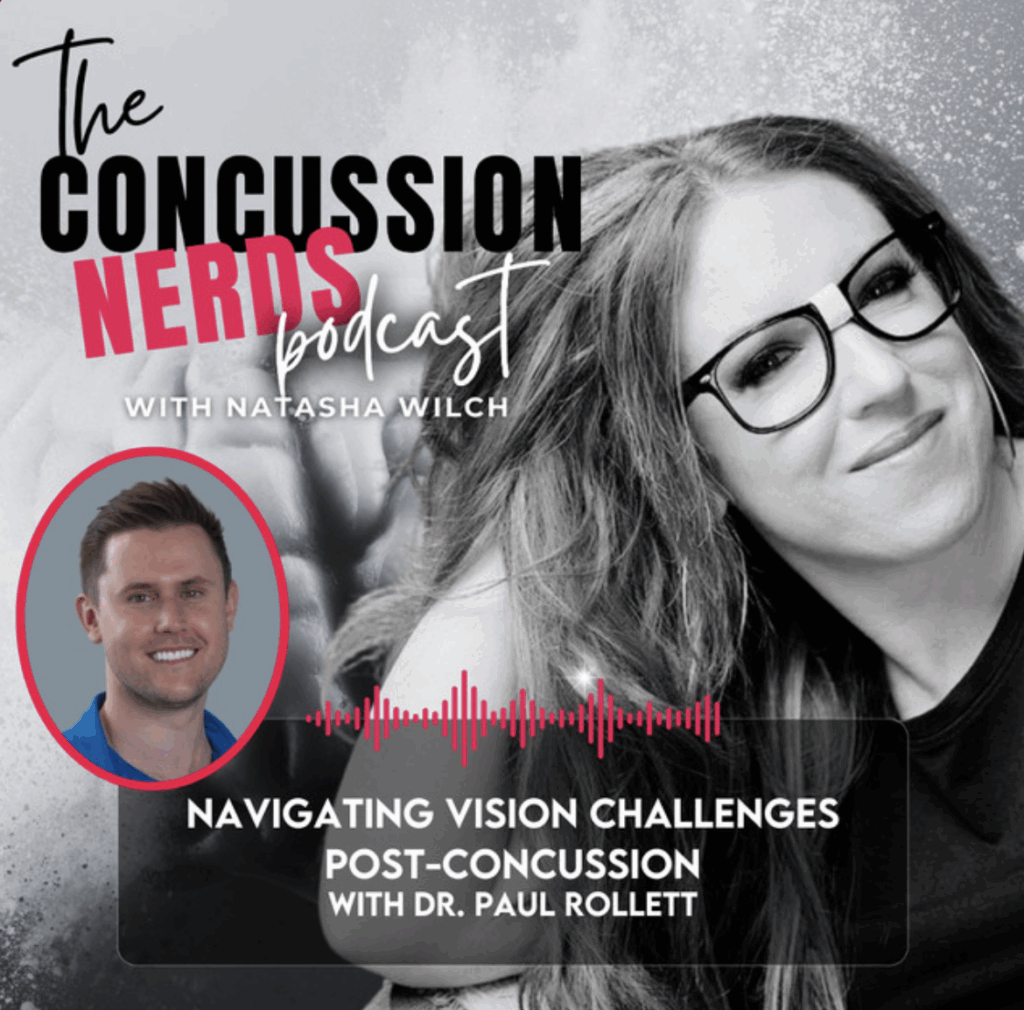A common phrase that tends to emerge during back to school is that “80% of classroom learning is visual” – but what exactly does this mean? I imagine there to be some general confusion surrounding this phrase, as the story we as Optometrists have told for decades has been primarily related to concepts of static visual clarity. If your child can see small, non-moving targets (e.g. letters on a blackboard) they’re set, correct? As we delve deeper into the elements of visual performance that truly impact classroom efficiency, it becomes apparent that this story is at best incomplete and at worst a little dangerous to tell.
Static Visual Clarity (20/20 vision)
Traditionally, the benchmark for a perfectly functioning visual system has been centred around the idea that if a child can resolve a small character 6 metres away from them, they are prepared to perform at their highest level. In certain situations, glasses are required to enhance static clarity – but once resolved, a child will now be able to effectively take in information in a classroom setting. I don’t at all mean to imply that this is not an important measure, and it is absolutely critical that this foundational skill is in place – but it is likely less important for performance than might be generally understood. The very nature of evaluating static visual clarity relies on a calm, quiet, and darkened room, with little to no eye movement occurring. It’s been a while since I’ve been in a classroom setting, but I don’t remember them being calm, quiet, or dark very often. This evaluation of visual function also does not account for the fact that so much of our learning occurs at close distances (40-60cm) rather than far. What tends to make up the bulk of the 80% of the learning referenced above are the features I am about to describe – dynamic visual function and visual perceptual skill.
Dynamic Visual Function
Classrooms are dynamic. Eyes are dynamic. Reading, interpreting, and understanding visual information is dynamic. Thus, it tends to be measures of dynamic function that matter most when it comes to predicting how comfortable and effective a child will be in learning situations. Generally, it is thought that aside from static visual clarity (20/20), there consists of approximately 16 additional and critical skills related to the nature in which eyes move, fixate, and transition throughout a busy visual scene. Evaluation of these areas of visual function understandably takes additional time and resources – but it also tends to be a better predictor of how a child will function and develop academically. Eye teaming, eye focusing, and eye-tracking skill house the majority of these sub-areas of assessment and are elements that we at Okanagan Vision Therapy evaluate with each and every child we see. Click here to see what we do.
Visual Perceptual Skill
What someone does with the information that they acquire – how they relate it to past experience, how they categorize it, and how they store it for long and short-term retrieval makes up the final critical category of functional vision skill. A child who can resolve, but not effectively understand visual information will have more difficulty than those who are able to store visual information and effectively call upon it when needed. A large portion of our functional evaluation consists of measuring and comparing visual perceptual skill to age-matched performance, giving us further insight into how a child may be handling the abundance of visual information presented throughout the day.
Of the above categories making up an overall visual skill set, dynamic visual function and visual perceptual skill tend to be the best predictors of how a child may fare in the school environment. They are what truly make up the bulk of the aforementioned 80%. Vision is dynamic and how your child processes the incoming information sets the stage for a lifetime of effective learning. While some of the above skills can naturally develop with time and experience, it is best to ensure that they are operating optimally before a child begins to write their own personal story about being a poor learner. Beyond a certain age, these stories are hard to break, making it the best practice to begin rewriting a positive tale before learning aversion ever sets in.
Until next month,
Paul Rollett, OD, FCOVD




